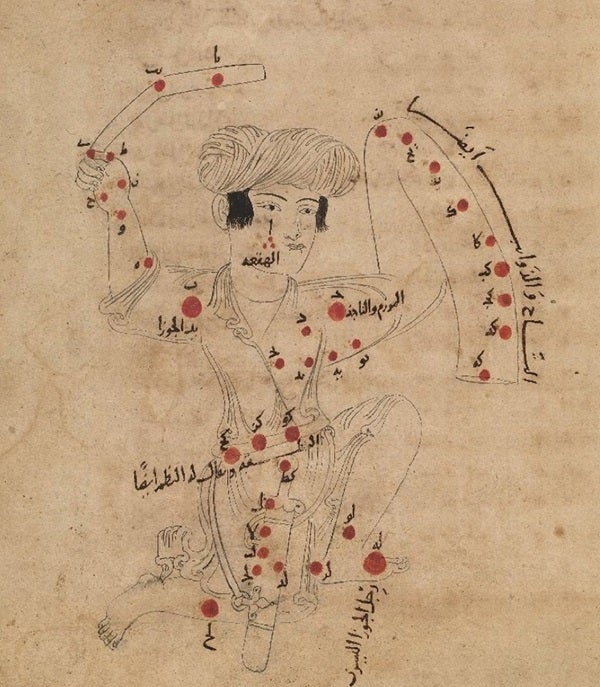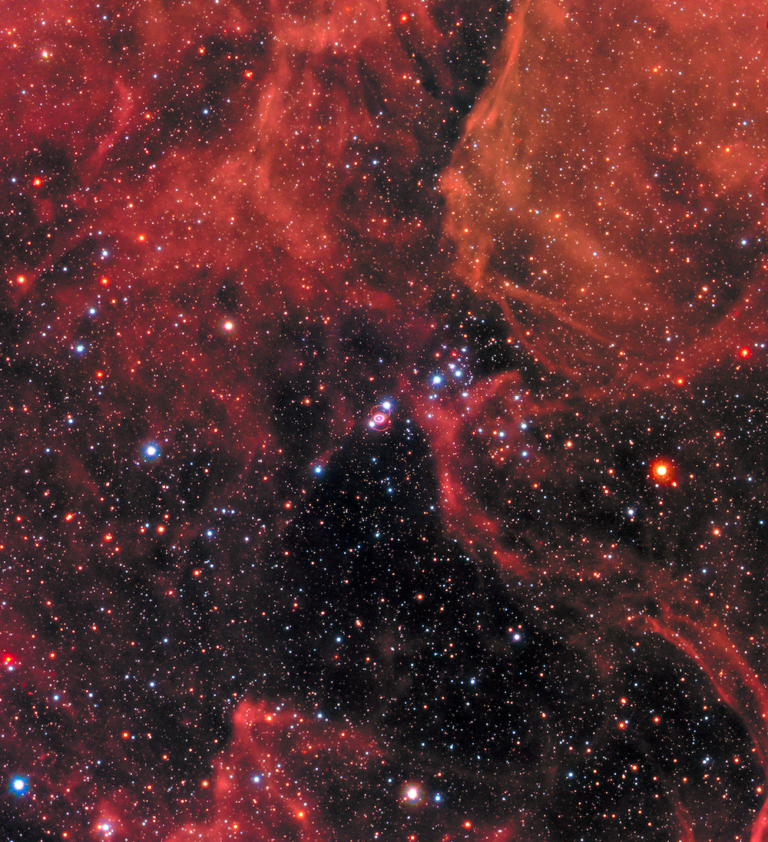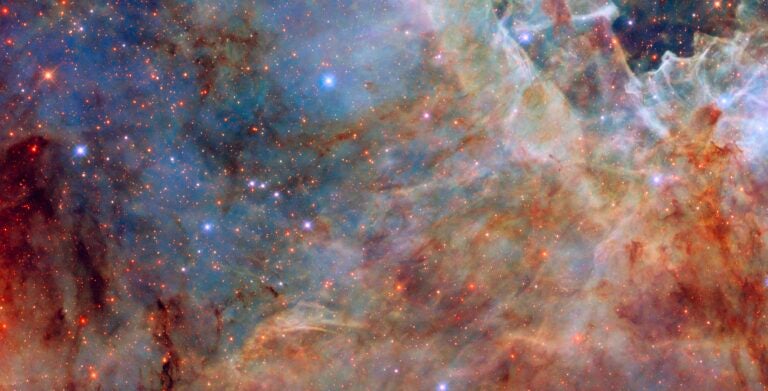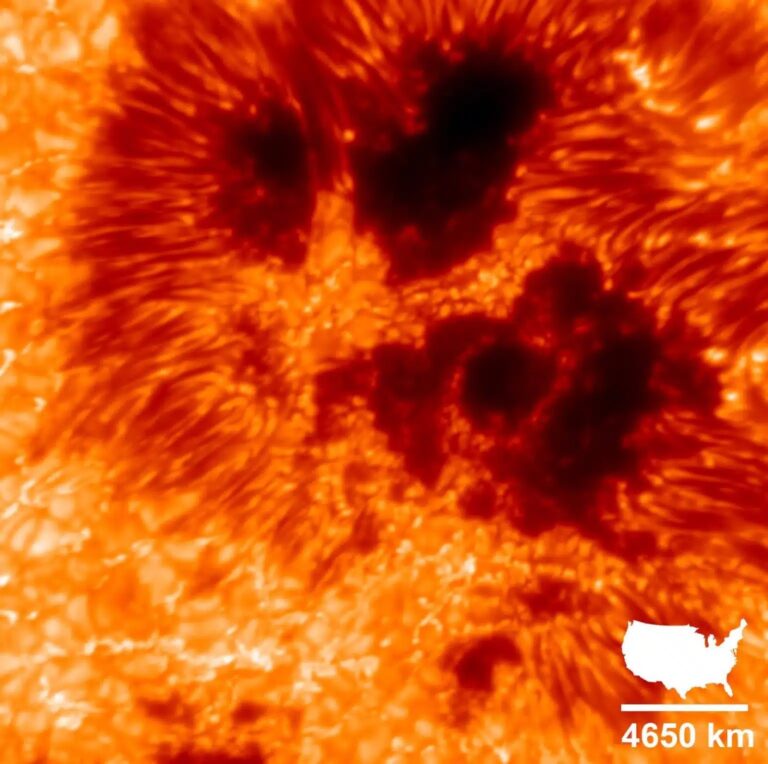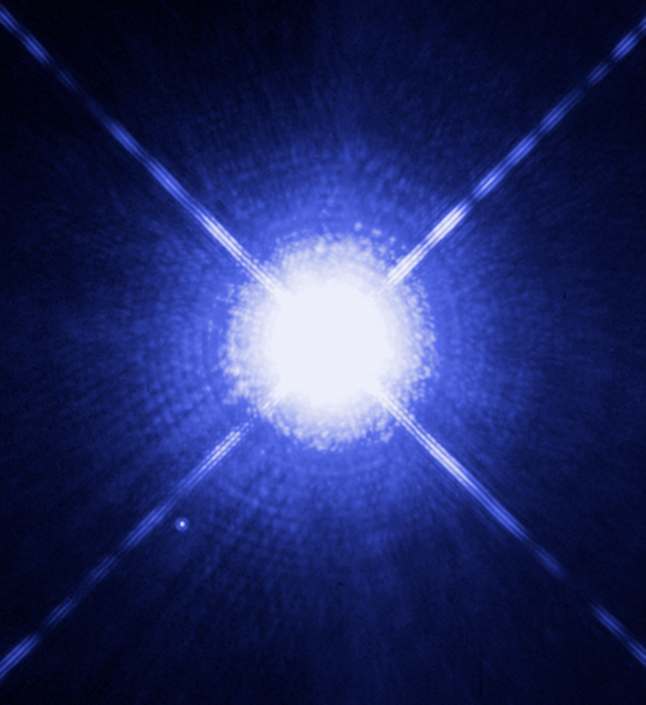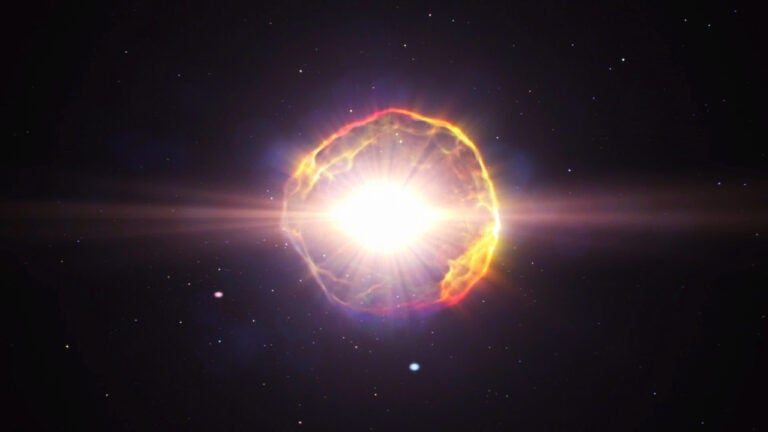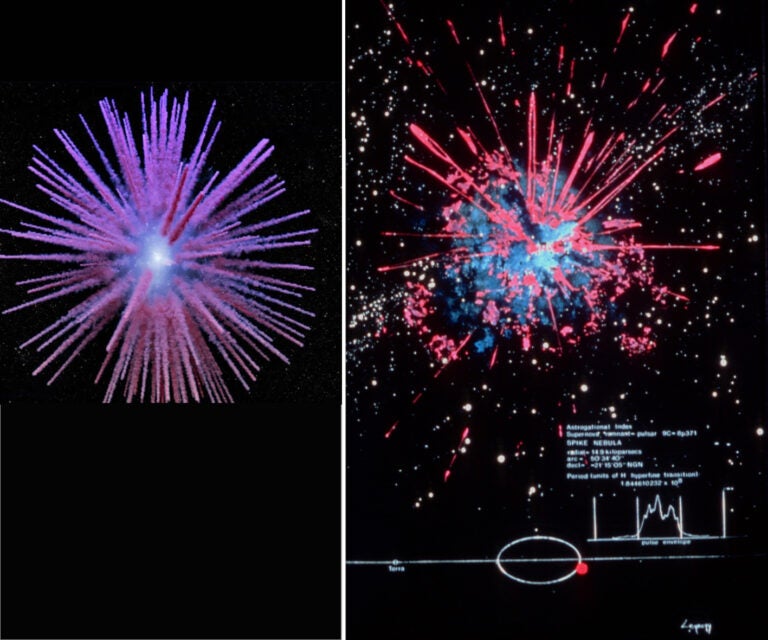Al-Sufi was pre-eminent among a host of astronomers who flourished during the “Golden Age of Islam,” which spanned the seventh to 13th centuries. It was a time when an Islamic empire extended from Spain, across North Africa, through the Arabian Peninsula, and on into western Asia. For largely religious reasons, Muslim scholars engaged in active astronomical and mathematical pursuits because their holy book, the Quran, required prayer five times a day in the direction of Mecca. This imperative necessitated high accuracy in time keeping and determination of longitude and latitude, both obtainable through carefully made astronomical observations and mathematical calculations. Rather than “reinvent the wheel,” Al-Sufi and his fellow astronomers/mathematicians borrowed (and later fine-tuned) knowledge from classical Greco-Roman and Indian cultures.
More than eight centuries before Al-Sufi, the Alexandrian astronomer Claudius Ptolemy wrote a treatise summarizing Greek astronomical and mathematical knowledge of the time. Al-Sufi and his contemporaries translated Ptolemy’s work into Arabic, the default language of the Muslim world. To this day, we refer to Ptolemy’s work by its Arabic name, Almagest.
Part of Ptolemy’s treatise was a catalog of more than 1,000 stars, based on the work of Greek astronomer Hipparchus 300 years earlier. Al-Sufi updated the catalog, combining observations made at his observatory in the Persian city of Shīrāz (now in Iran) with those of Ptolemy. Translating Ptolemy’s Greek notes and descriptions into Arabic was a daunting task because traditional Greek and Arabic constellations and star names bore little relation to each other.
Book of the Fixed Stars was a standard reference for several centuries, bridging the gap between Greco-Roman times and the Renaissance of Western Europe. In the latter instance, Al-Sufi’s star names received a final tweak when Renaissance scholars “Latinized” them during a translation of Almagest. Book of the Fixed Stars was a significant resource for 15th- and 16th-century astronomers and remains so even today as evidence for the proper motion and brightness variations of bright stars over the past millennium.
When astronomers began naming the lunar craters being discovered via the newly invented telescope, they dubbed many with the names of celebrated astronomers of the past; Al-Sufi and his contemporaries were no exception. In the south central part of the Moon, you’ll find the crater Azophi (the Latinized form of Al-Sufi). Nearby are the craters Albategnius, Alfraganus, Alpetragius, Arzachel, and Thebit — all Latinized names of astronomers who applied their skills during the Golden Age of Islam.
Modern-day astronomers owe a debt of gratitude to Al-Sufi and others who worked during the age of Arabian astronomy. They kept alive the torch of scientific knowledge at a time when Western Europe was mired in the Dark Ages. In the process, they gave names to dozens of naked-eye stars. On a February evening, when we gaze skyward to mighty Orion with his 1st-magnitude stars Betelgeuse and Rigel and Belt stars Alnitak, Alnilam, and Mintaka, we truly are standing under an Arabian sky.
Questions, comments, or suggestions? Email me at gchaple@hotmail.com. Next month: a league of our own. Clear skies!


